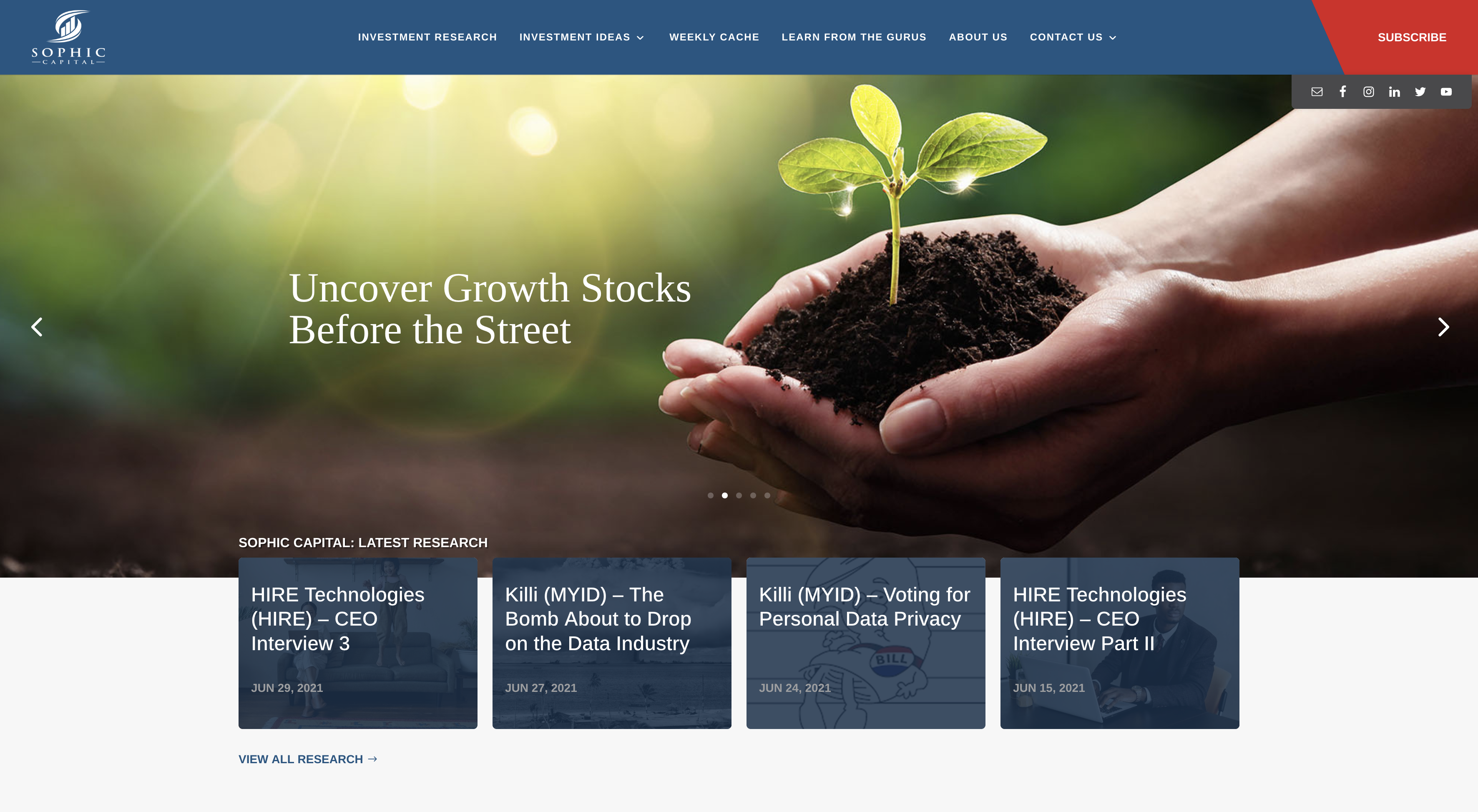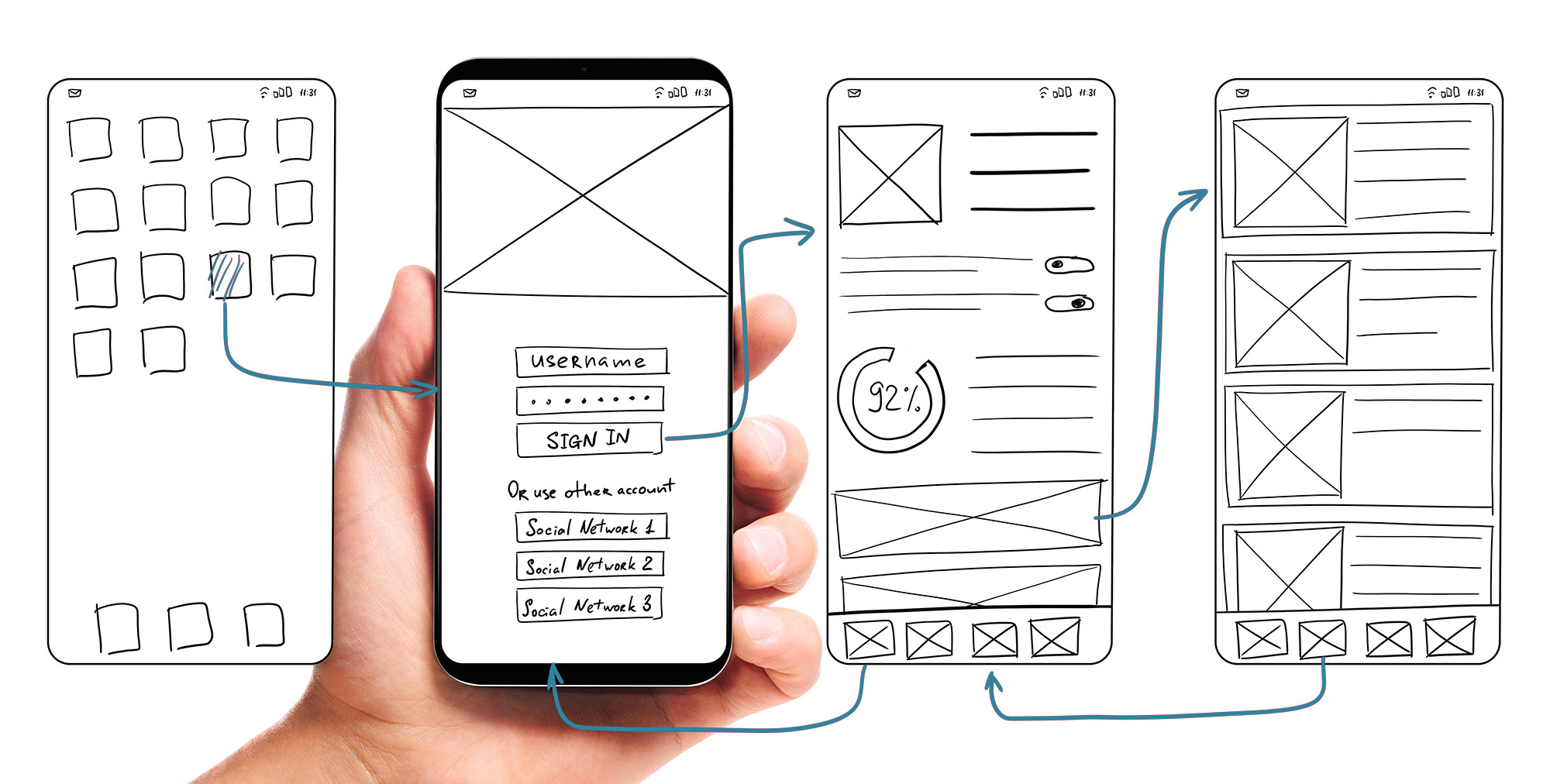Web Design Elements and Practices Helps Your SEO Strategy
In this highly competitive digital world, every business must establish a unique and appealing website that precisely elaborates their brand. Although attracting customers to a website is essential, a brand must understand that high-quality web design is more than just aesthetics or visual appeal. Stunning website designs can look great but unless they have proper functionality or elements included, it will be a challenge to generate potential leads. This is why a good web design is crucial for SEO strategy in maximizing sales and increasing brand awareness. Web design benefits by not only grabbing visitor attention but also by converting them into possible customers. A good web design has several advantages, it helps customers understand your services, products, and company by encompassing visuals, text, and interactions. Besides converting sales, a good website design significantly reduces bounce rate which in turn will have a direct impact on Google rankings as well.

Web Design Sets the Impression for Customer Service and Support
With the advancement in technology, customer interactions with businesses have shifted to an online paradigm. Web design trends have changed considerably and more than anything, customer experience and satisfaction is the key indicator in gauging online success. Which is why good web design must be able to spur collaboration between the brand and its customers. Therefore, businesses must eliminate customer pain points by defining omnichannel elements that introduce options for seamless customer interaction by leveraging FAQs, chatbots, interactive voice response (IVR) systems, and much more.
Innovative Way to Increase Brand Awareness
When strategizing an integrated branding plan for your business, there is no doubt that a good web design is crucial. A strong brand radiates trust and persuades customers to revisit the website, hence keeping retention up and enhancing the overall bottom line. From building meaningful first impressions to increasing Social Media followers and nurturing consistent relationships, there are a lot of ways in which a brand can influence customers. At the end of the day, web design trends must evolve with the ever changing consumer demands to navigate the competitive turbulence successfully.

Stay Ahead of Your Competitors
Perhaps, the most vexing challenge that a business faces will be to determine how to stay ahead of the unfolding trends and competition. Web design trends are changing profoundly and in order to gain momentum, brands must anticipate the strategic moves of competitors as well as the general public. The ability to scale up rapidly by enhancing interactions among customers is critical in increasing sales, facilitating cross-selling, and boosting revenues. The changing customer preferences brought on by COVID-19 reflect the emergence of anticipated trends, the demand for digital interactions, and the complete elimination of traditional routines. Consumers who get accustomed to this new contactless world will further depend on interactive websites and applications that oversaturate the digital market. Successful brands are those that are adept at understanding which customer behaviors and trends are picking up steam and making targeted investments to address them.

Interview With Alexandre Kazuo Kubo, Associate Creative Director at Hill Holliday
One of the biggest shifts in 2020 was the forced push towards a more virtual – digital – world. What do you think?
Certainly, the need to work from home and live cloistered made us all look for new digital tools to make our lives and work easier. The smarter and more connected the tools are, the better. We need to live at a distance, share documents with people worldwide, and work together, even when physically separated. And this need is showing us amazing digital possibilities to solve them.
Is the web going to look very different than in recent years? What would be the role of design elements?
I think this context helped speed up the development of digital tools, but I can’t risk predicting a future scenario. I think technology has been evolving with incredible speed and, while many new things are here to stay, most of them end up being tested and discarded, which is part of the normal course of evolution. Design elements have always been and will always be essential to improve interfaces and communication tools.
How do you create a vibrant experience for the visitor? A website that’s customized to customer’s needs and preferences.
I like to think about the parallel between a physical store and a website because the concept is the same for me. The website needs to translate the brand values, language, and essence and make the visitor feel immersed in it. But of course, the more the website adapts to the visitor’s preferences, the better the person will feel. For me, that’s exactly what it is all about: human feelings. People need to feel welcomed and comfortable. Long journeys involving many clicks and unnecessary windows make you feel lost, as in the physical world.

In 2021, Neumorphism promises to usher us into the paradoxical age of minimalist realism. What do you reckon?
I think all trends are valid. As always, let’s explore the trend as much as possible until another one appears. But, in the end, the strongest ones remain and become a stock of options for us to explore and think about specifically for each project. For example, suppose the brand asks us to have a more minimalist design, great. But if the project asks for something more elaborate, it is also valid as long as the user experience is always the main focus.
The color schemes require a profound amount of thought and consideration. Your thoughts about color theory and how we can use colors to enhance the designs?
Colors convey feelings and are a powerful tool that we can use to lead the visitor wherever we want. The only thing we need to be careful about is the exaggerations. Vibrant colors can be eye strain, and we don’t want to make users feel bad on our platforms.
Recently, many brick-and-mortar brands have turned to websites to keep their businesses afloat. Web designers continue to value their role in helping the world through troubled times. How do you imagine the future of web design trends?
The possibility of reaching a greater number of consumers in all parts of the world has made traditional stores focus their efforts on the digital medium. This is undoubtedly a trend that will continue, as it requires little effort compared to the benefit it provides. I can’t talk about the future, but for sure, what’s happening today is already an incredible and growing revolution.
Conclusion
Brands that tackle creative constraints and leverage good website designs to ensure integrated customer experience is grasping the opportunity to stay compelling in the digital era. By nurturing their digital assets they not only empower cross-functionality but also take collective accountability for improving the user experience while retaining existing customers. If your brand has not leveraged the multiple benefits of a good website design, then it’s about time you reinvent your existing strategies and focus on a game-changing digital transformation.







